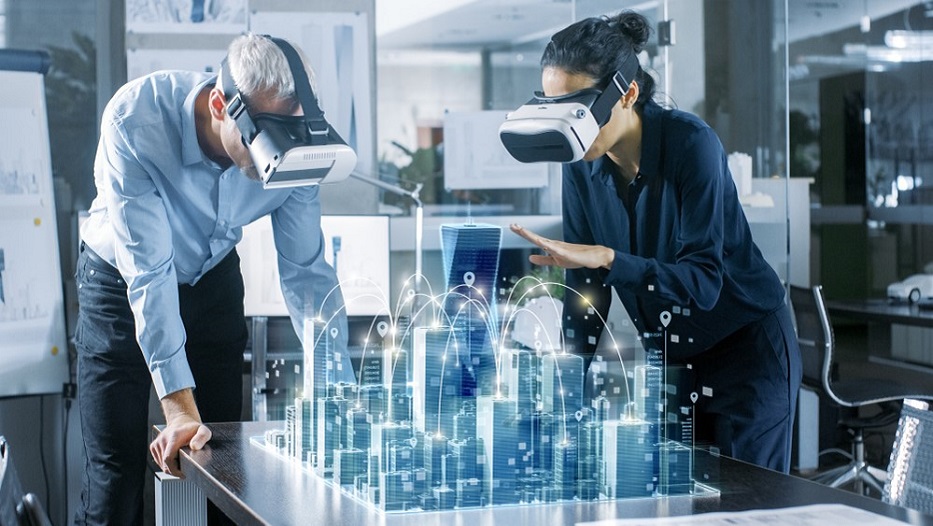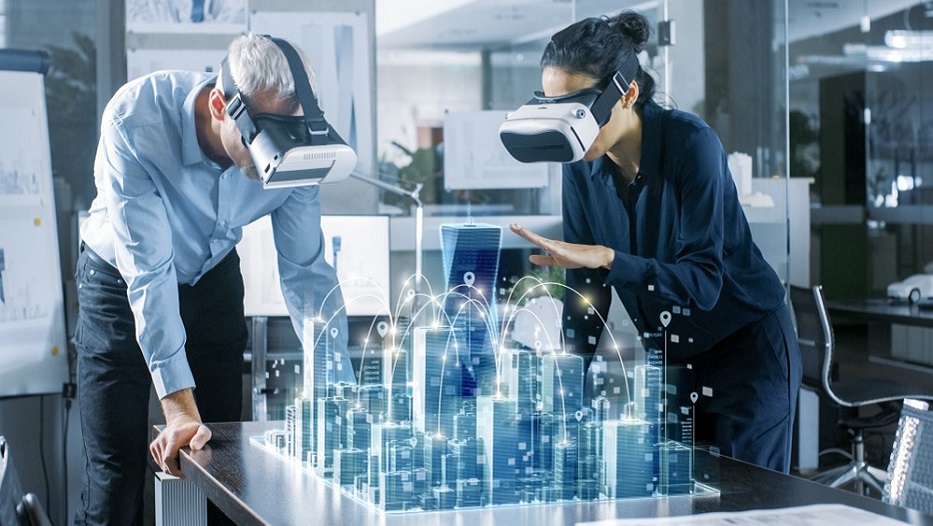The Importance of Business Infrastructure and the Role of VR in the Digital World
In today’s fast-paced digital landscape, businesses need to keep up with the latest technological advancements to stay competitive. From the emergence of cloud computing platforms like Azure and AWS to the importance of robust business infrastructure, companies must adapt and embrace the latest tools. This blog explores the significance of staying up to date with business infrastructure, with a particular focus on the transformative potential of virtual reality (VR) technology. We delve into the impact of VR in the working environment, the rise of in-headset video conferencing, data requirements, and the future possibilities of a metaverse-driven digital world.
The Need for Cutting-Edge Business Infrastructure
As the digital world evolves, businesses must ensure their infrastructure can support the growing demands of modern operations. Upgrading to the latest fibre-optic networks, such as Gigaclear, enables high-speed connectivity and reliable data transfer. This is crucial for seamless communication, efficient data management, and accessing cloud-based platforms for enhanced productivity.
Exploring the Transformative Power of VR
Virtual reality is reshaping the way we interact with technology and transforming various industries. VR offers immersive experiences that go beyond traditional screens, enabling employees to collaborate in virtual environments regardless of their physical location. From virtual meetings and training sessions to simulated workspaces, VR technology opens up a realm of possibilities for the future of work

In-Headset Video Conferencing: The Next Frontier
As VR becomes more prevalent in the workplace, in-headset video conferencing is poised to revolutionize remote collaboration. Imagine stepping into a virtual conference room, where colleagues from around the world can meet and interact as if they were physically present. This technology not only saves time and travel expenses but also fosters a more engaging and productive meeting experience.
Data and Bandwidth Considerations
As VR technology advances, the need for data and bandwidth increases. In a metaverse-driven digital world, where users seamlessly transition between virtual and physical environments, the demands on networks and cloud infrastructure will be substantial. As businesses embrace VR and AR technologies, they must ensure they have the necessary data capacity and robust networks to support these transformative experiences.
The Future of Work and Education
Virtual reality has the potential to revolutionize both the workplace and education. From immersive training simulations that enhance employee skills to virtual classrooms that provide interactive learning experiences, VR technology can reshape how we acquire knowledge and collaborate. Embracing VR in these areas not only improves efficiency but also engages employees and learners on a deeper level.
Conclusion
As businesses embrace the latest technology trends, keeping up to date with business infrastructure becomes crucial for success. Upgrading to the latest fibre-optic networks, such as Gigaclear, ensures reliable connectivity and efficient data transfer. Furthermore, integrating VR technology opens up a world of possibilities in the digital landscape, enabling immersive collaboration, in-headset video conferencing, and transformative work and education experiences. As we move toward a metaverse-driven future, businesses that proactively embrace these advancements will position themselves at the forefront of innovation, prepared for the digital revolution ahead.


